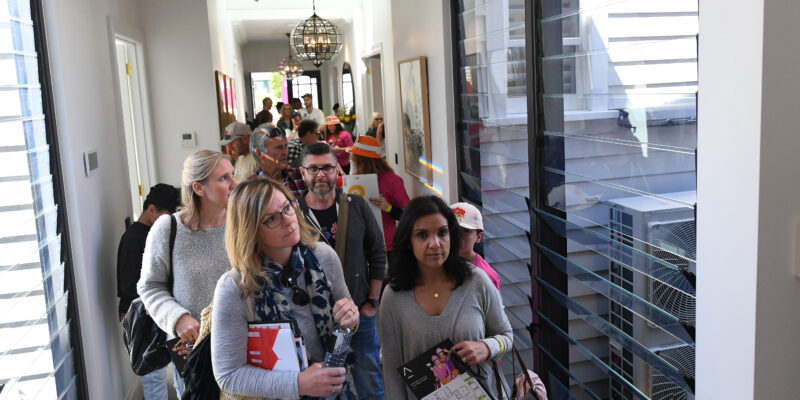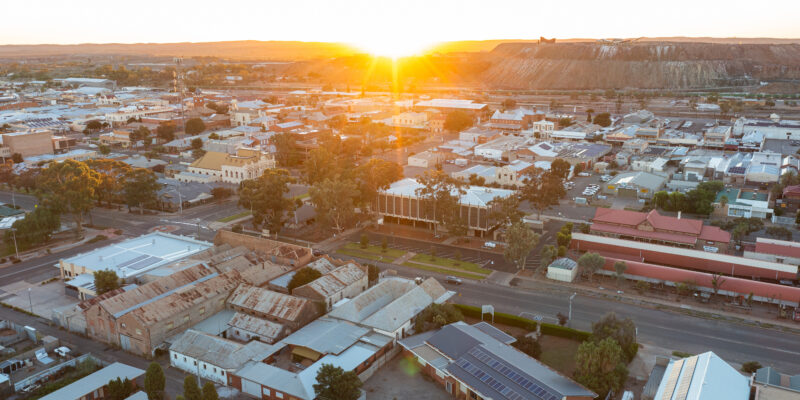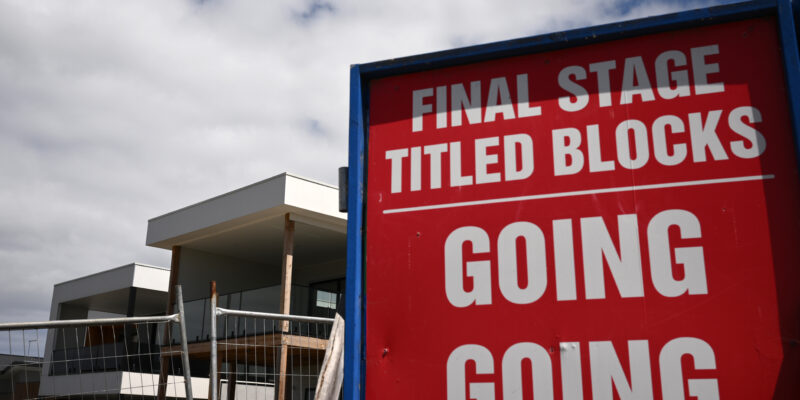Another report suggests a big shortfall on the 1.2 million homes plan
The HIA report forecasts that home building will fall 20 per cent short of the Australian Government’s target of 1.2 million new homes over the five years.

LONG-TERM structural issues pose risks to housing affordability and national supply targets, the Housing Industry Association says.
HIA Chief Economist Tim Reardon said the sector is showing some signs of improved confidence following a slump, particularly in apartment construction.
Ongoing constraints including land shortages, regulations and taxes are increasing the cost of construction and limiting supply, according to the HIA – and this will continue to drive up the cost of both renting and buying a home.
“The only way to close the growing gap between supply and demand is through meaningful reform—particularly at the state level,” said Mr Reardon.

“We need to unlock land, streamline planning processes, and remove barriers to investment if we are to meet the housing needs of a growing population.
“Australia has the capacity to deliver, but it will take a coordinated response from all three tiers of government to overcome these constraints.”
Apartment construction is yet to recover from a collapse in foreign capital caused by punitive state taxes and is expected to rebuild gradually towards the end of the decade.
This growth will be boosted by ongoing demand from migration and Olympic focused building in Brisbane.
HIA forecasts:
Detached houses:
There were 26,880 detached houses that commenced construction in the December quarter 2024, which brought the 2024 calendar year to 107,240 detached starts, up by 7.0 per cent compared to the previous year.
This increase is expected to continue with a further 3.7 per cent in 2025 to 111,240, and 6.7 per cent increase 2026 to 118,660 and to a peak in 2027 of 120,910 starts. Detached starts are then expected to fall as the cost of land and rising borrowing and construction costs see households shift demand to unit construction, seeing starts fall to 108,240 in 2030.
Multi-unit dwellings:
There were 15,390 multi-unit dwellings that commenced construction in the December quarter 2024, which brought the 2024 calendar year to 60,940 multi-unit starts, the lowest in 13 years.
This is expected to be the trough of this cycle with the number of multi-unit starts increasing to 68,850 in 2025.
A further 9.6 per cent increase in 2026 will still see multi-unit commencements remain anaemically low at 75,450. From this point, capacity constraints should ease, while demand continues to exceed supply, resulting in an additional 13.0per cent increase in starts in 2027 to 85,250. This expansion should continue and exceed 100,000 starts in 2029 for the first time since 2018. From this point, the increase in multi-unit starts will ease.






